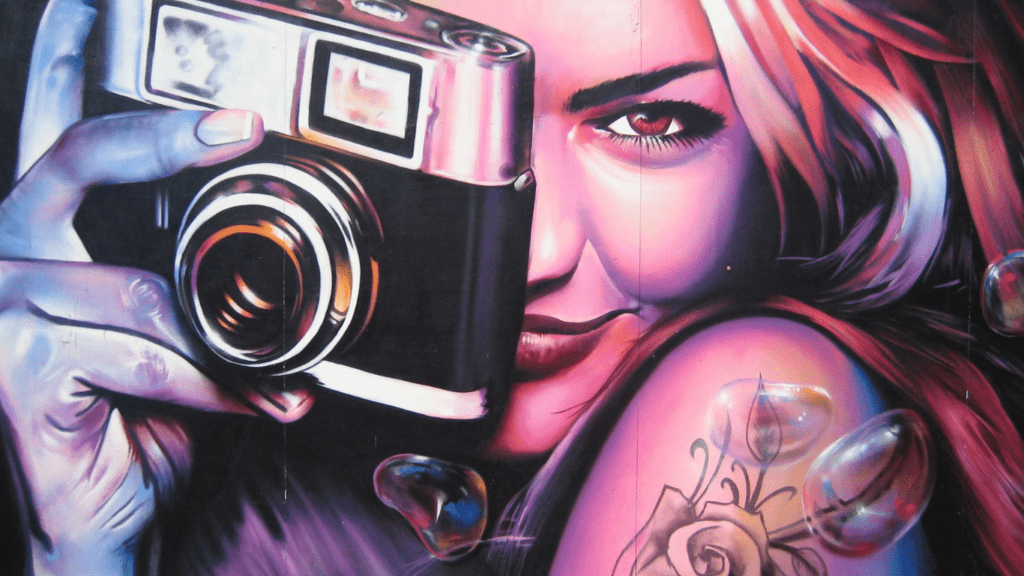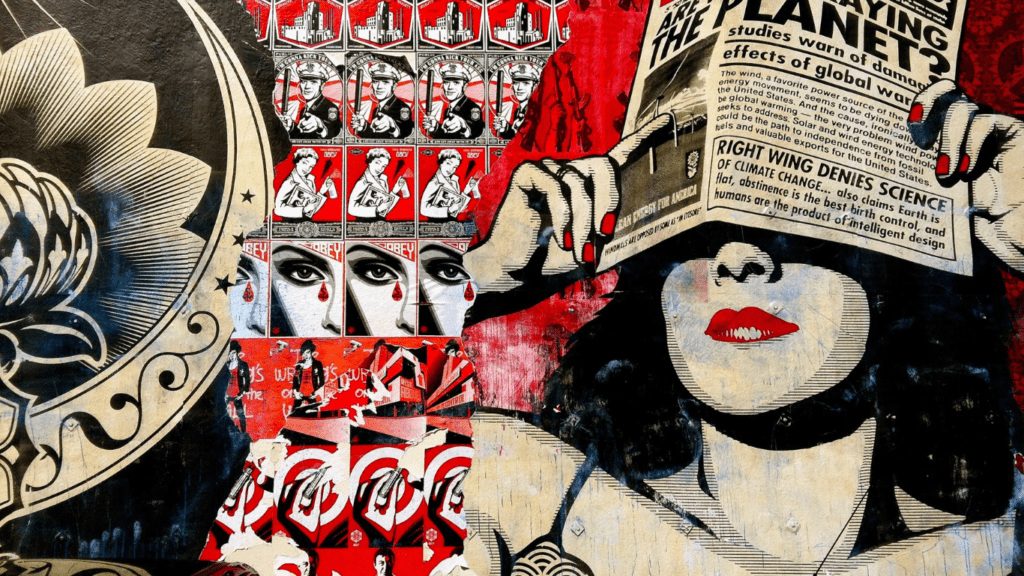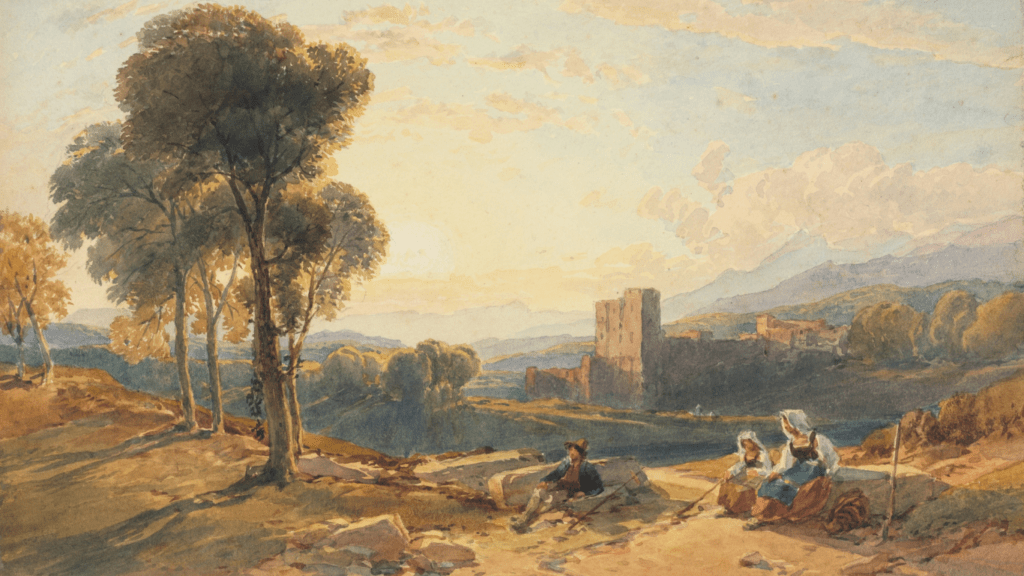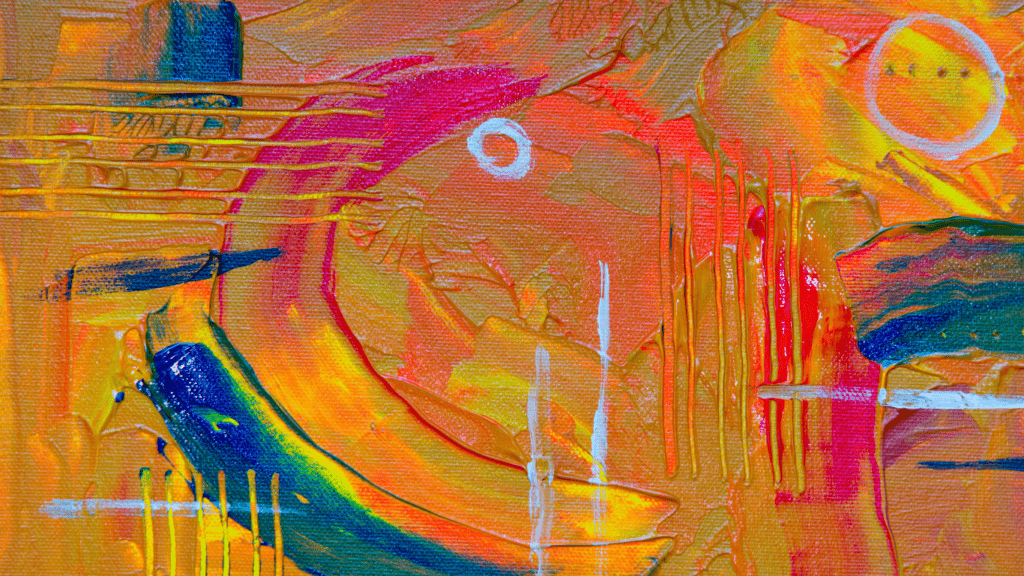Understanding Postmodernism in Art
Postmodernism in art emerged in the mid-20th century and directly challenged the established norms of the modernist movement. Unlike modernism, which emphasized stability, unity, and a singular approach to art, postmodernism embraced diversity and complexity. Artists began to question the authority of canonical art forms and sought to deconstruct and reconstruct traditional ideas.
Key Characteristics of Postmodern Art:
- Eclecticism: Postmodern art draws from a variety of styles, genres, and media. Artists mix different elements, creating works that are often fragmented and multi-layered. Examples include the use of pastiche, where elements from various sources are combined.
- Irony and Parody: Postmodern artists frequently use irony and parody to critique societal norms and previous art movements. For example, Jeff Koons reimagines everyday objects to challenge the notion of what constitutes fine art.
- Blurring Boundaries: Postmodernism breaks down the barriers between high and low culture, combining popular culture with traditional art forms. Andy Warhol’s incorporation of consumer goods into his artwork exemplifies this.
- Questioning Authorship: The movement questions the role of the artist as the sole creator, with collaboration and audience participation being significant components. For instance, works by Yoko Ono invite viewers to contribute, altering the final piece.
Pioneers of Postmodern Art:
- Andy Warhol: His works, particularly his screen prints of celebrities and consumer products, critiqued mass production and celebrity culture.
- Cindy Sherman: Her photographic series challenged gender stereotypes and the concept of identity by presenting herself in various roles and personas.
- Jean-Michel Basquiat: His graffiti-inspired paintings combined text, imagery, and symbolism to comment on social issues and African-American culture.
Each artist and artwork in the postmodern era contributed to an ever-expanding dialogue about art’s role in society, questioning existing paradigms, and embracing pluralism over singular narratives. This era redefined what art could be, transforming it into an inclusive, multifaceted domain.
Historical Context of Postmodernism
Postmodernism emerged as a response to the limitations and ideologies of modernism, aiming to challenge existing norms and conventions in art.
Origins and Influences
Postmodernism gained momentum in the mid-20th century due to socio-political shifts and advancements in technology and media. Architects like Robert Venturi rejected modernist principles by embracing complexity and contradiction, favoring a mix of historical references. Influences came from Marxism, psychoanalysis, and post-structuralist theories, emphasizing the deconstruction of established narratives.
Key Movements and Figures
Several movements contributed to the rise of postmodernism. Pop Art, exemplified by Andy Warhol, merged commercial and fine art, questioning cultural values. Feminist Art, with figures like Cindy Sherman, addressed gender roles and identity. Graffiti Art, led by Jean-Michel Basquiat, brought urban culture into mainstream art, addressing social issues.
Key figures often integrated multiple styles and mediums. Warhol critiqued mass production through silkscreen prints. Sherman used photography to deconstruct female stereotypes. Basquiat’s work combined text and imagery to comment on racism and power dynamics.
Characteristics of Postmodern Art

Postmodern art redefines creative expression by breaking established norms. It emphasizes plurality, innovation, and a blend of various influences.
Deconstruction of Traditional Boundaries
Postmodern artists challenge established artistic categories. They blend high and low culture, merging classical techniques with contemporary media. By questioning traditional hierarchies in art, they create works that resist singular interpretations and engage diverse audiences. For example, installations incorporating everyday objects alongside fine art pieces blur the lines between art and life.
Appropriation and Parody
Postmodern art frequently uses appropriation and parody to critique cultural norms. Artists borrow elements from previous works, recontextualizing them to highlight their inherent assumptions or biases. Andy Warhol’s usage of commercial images and Cindy Sherman’s photographic self-portraits exemplify this trend. Through parody, postmodern art pushes viewers to question the authenticity and originality of art, often infusing humor to subvert serious subjects.
Techniques and Mediums
Postmodernism in art relies heavily on diverse techniques and mediums that break free from traditional constraints.
Mixed Media and Assemblage
Mixed media art combines multiple materials and techniques in a single piece. Postmodern artists merge paint, fabric, metal, and found objects, creating layered textures that invite varied interpretations. Assemblage, a subset of mixed media, involves constructing three-dimensional works from everyday items. Artists like Robert Rauschenberg exemplify assemblage, incorporating disparate objects to question conventional hierarchies and encourage viewers to see beauty in the mundane. These techniques blur the lines between high and low art, making artistic expression more inclusive.
Performance and Conceptual Art
Performance art emphasizes the artist’s body as the primary medium. Marina Abramović, a key figure, uses her body to convey complex socio-political messages, breaking the static nature of traditional art. In conceptual art, the idea or concept takes precedence over the final aesthetic form. Artists like Sol LeWitt create works that prioritize the underlying thought, allowing for multiple interpretations. These forms challenge the viewer’s role, turning passive spectators into active participants. By focusing on concepts and actions, postmodern artists redefine what constitutes art, pushing beyond conventional forms to explore broader societal themes.
Notable Postmodern Artists
Postmodernism brought forth a new breed of artists who defied convention. Their works continue to impact the art world by challenging and redefining artistic norms.
Cindy Sherman
Cindy Sherman uses photography to critique identity and representation in contemporary culture. By assuming various personas through elaborate costumes and makeup, she deconstructs stereotypes and societal expectations. One of her renowned series, “Untitled Film Stills,” features Sherman as different female archetypes from 1950s and 1960s Hollywood. These images highlight the constructed nature of these roles, questioning the authenticity of commonly accepted identities.
Jeff Koons
Jeff Koons blends high and low culture, creating works that challenge traditional art perceptions. His sculptures often use kitsch objects and pop culture references. For example, the series “Banality” features porcelain sculptures of celebrities and cartoon characters, questioning the value placed on consumerism and mass media. Koons’ reflective works, such as “Balloon Dog,” also invite viewers to consider their own role in the consumption of art.
Impact and Legacy
Postmodernism’s influence on the art world left a lasting legacy. Its emphasis on diversity and deconstruction led to several key developments.
Influence on Contemporary Art
Postmodernism reshaped contemporary art by encouraging experimentation. Artists now freely mix different styles and mediums. For instance, contemporary artist Banksy blends street art with social commentary, a practice rooted in postmodernism. Another example is Damien Hirst, who uses unconventional materials like animal remains, embodying the postmodern challenge to traditional art forms. The impact extends beyond visual arts, influencing literature, film, and architecture, reflecting a broader cultural shift.
Criticisms and Controversies
Despite its impact, postmodernism faced criticism and controversy. Some critics argue it lacks depth, often prioritizing style over substance. For example, critiques often target Jeff Koons’ work for its perceived superficiality. Additionally, postmodern art’s rejection of absolute truths stirred debates over artistic authenticity. Critics claim it led to a fragmented, sometimes incoherent, art scene. Nonetheless, supporters counter that it democratized art, making it more accessible and reflective of diverse perspectives.





